Spanish BBQ: Smoky Flavors That Will Make Your Taste Buds Dance!
Welcome to the sizzling world of Spanish BBQ! Whether you're a seasoned pitmaster or just someone who loves throwing a weekend grill party, Spanish barbecue has some seriously mouthwatering techniques and flavors worth exploring. Forget everything you know about American brisket or Korean galbi — today, we’re diving into Spain’s smoky, garlic-laced, paprika-packed barbecue traditions that bring flavor like no other.
Table of Contents
- What is Spanish BBQ?
- A Journey Through Regional Barbecue Styles
- Barbecue Techniques & Tools in Spain
- The Spice Rack: Essential Ingredients for Spanish BBQ
- Pro Tips for Perfect Spanish-Style Grilling at Home
- Pairing Spanish BBQ with Wine, Beer & Sides
- Buying Guide: Where to Find Authentic Spanish BBQ Supplies
- Conclusion
What is Spanish BBQ?
When you think of Spanish cuisine, paella and tapas probably come to mind first. But behind those iconic dishes lies a rich grilling culture that varies dramatically across regions. Unlike the long, slow cooking styles of American barbecue, Spanish BBQ is often more about quick, high-heat grilling — but that doesn’t mean it lacks depth or intensity.
In fact, Spanish BBQ is all about simplicity and boldness: fresh meat, minimal seasoning, and open flames. The key? Quality ingredients and a deep respect for tradition. Whether it's ternera a la brasa (grilled veal) from Asturias or chuletón de buey (ribeye steak) from Castile, each cut is grilled with pride and purpose.
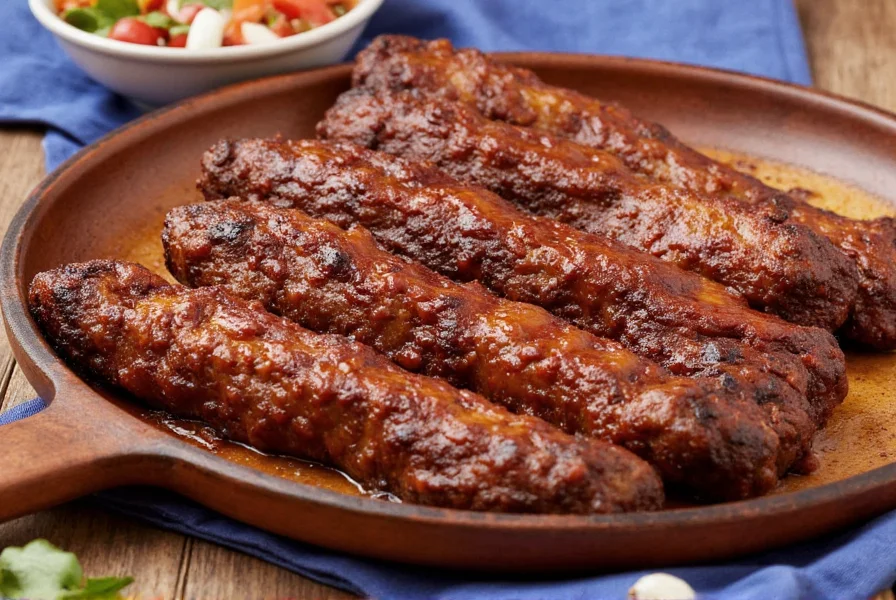
A Journey Through Regional Barbecue Styles
Spain may be one country, but its barbecue traditions are as diverse as its landscapes. Let’s take a quick culinary tour:
- Asturias: Known for its ternera a la brasa, where tender young beef is grilled over oak charcoal until perfectly seared outside and juicy within.
- Castilla y León: Home of the legendary chuletón de buey, a massive bone-in ribeye cooked rare and seasoned with nothing but salt and pepper.
- Catalonia: Loves its sucarrat — that crispy rice crust from the bottom of the paella pan. While not traditional BBQ, the concept of charring and caramelizing food applies here too.
- Andalusia: Famous for grilled seafood and meats, often served with alioli or esqueixada sauce.
| Region | Signature BBQ Dish | Main Cooking Style | Key Ingredient |
|---|---|---|---|
| Asturias | Ternera a la Brasa | Charcoal-grilled beef | Oak charcoal |
| Castilla y León | Chuletón de Buey | Open-flame grilled ribeye | Rare doneness |
| Catalonia | Seafood Platter | Charred and glazed fish | Alioli |
| Andalusia | Parillada Mixta | Skewered meats & vegetables | Smoked paprika |
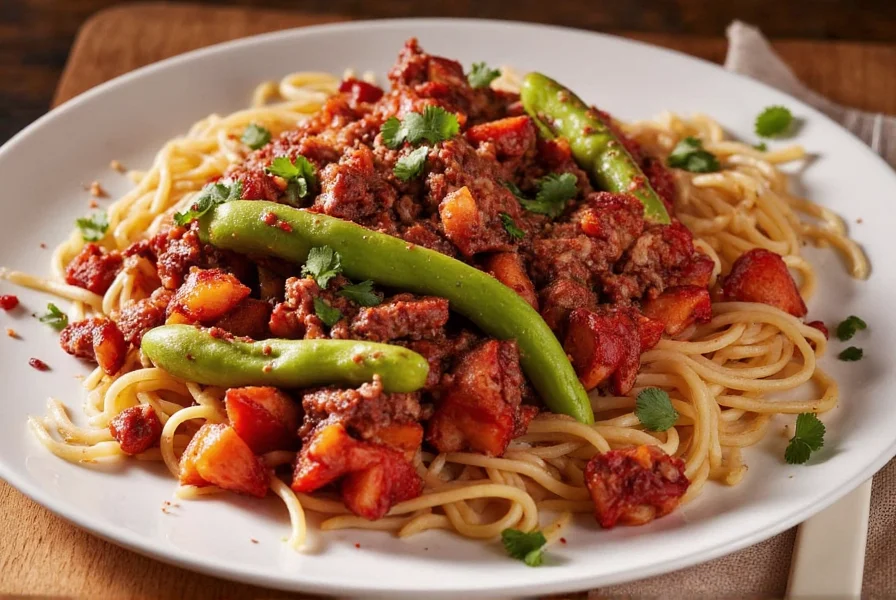
Barbecue Techniques & Tools in Spain
If you want to recreate authentic Spanish BBQ at home, it’s important to understand the tools and methods they use. Here’s what you need to know:
- Grilling Over Wood or Charcoal: Open-fire grilling is king in Spain. Chefs prefer hardwoods like oak or fruitwood to impart subtle smoke flavors.
- Simple Seasoning: Salt is often the only seasoning used. Sometimes, a bit of olive oil or pimentón (Spanish paprika) is added before grilling.
- No Marinades: Spanish BBQ focuses on natural meat flavors. No heavy marinades or sauces are involved — it’s all about highlighting quality cuts.
Tools of the Trade
- Cast iron or steel grills
- Heavy-duty tongs
- Fire-resistant gloves
- Heat-resistant brushes for basting with olive oil
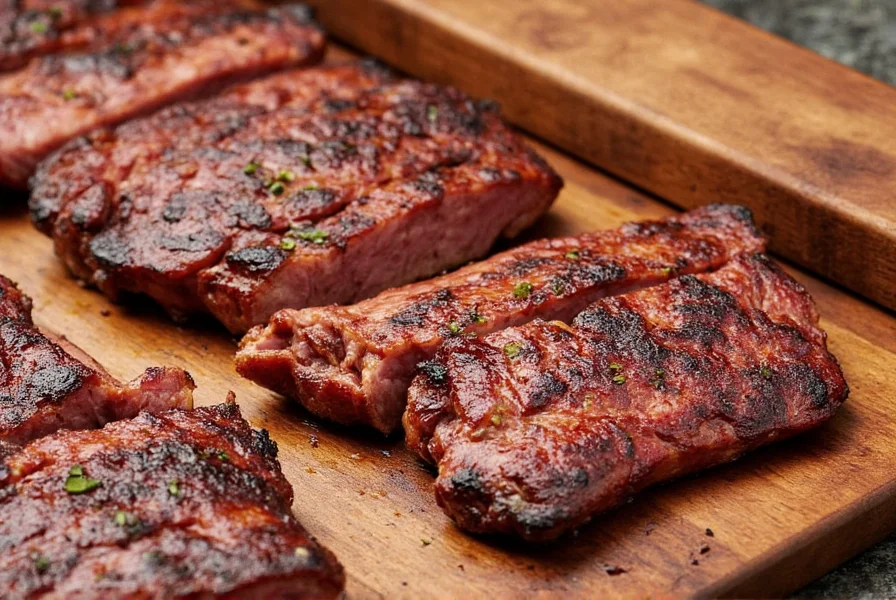
The Spice Rack: Essential Ingredients for Spanish BBQ
While Spanish BBQ is known for its minimalist approach, spices still play a crucial role in elevating the flavor profile. Here are the must-have ingredients:
- Pimentón de la Vera: Smoked paprika from Extremadura. Adds a deep, smoky warmth without heat. Available in sweet, bittersweet, and hot varieties.
- Garlic: Freshly crushed or sliced, brushed onto meat during grilling.
- Olive Oil: A drizzle before serving or used as a baste while cooking.
- Flaky Sea Salt: Used sparingly to finish grilled meats.
- Lemon Zest or Juice: Especially in coastal regions, lemon adds brightness to grilled seafood.
| Spice | Origin | Flavor Profile | Best For |
|---|---|---|---|
| Pimentón de la Vera | Extremadura | Smoky, earthy, slightly sweet | Meats, chorizo, potatoes |
| Garlic | Castile-La Mancha | Pungent, aromatic | Steaks, sausages, bread |
| Olive Oil | Andalusia | Fruity, peppery | All-purpose baste or dressing |
| Flaky Sea Salt | Catalan Coast | Salty, crisp texture | Finishing touch |
| Lemon Zest | Valencia | Zesty, bright | Seafood, white fish |
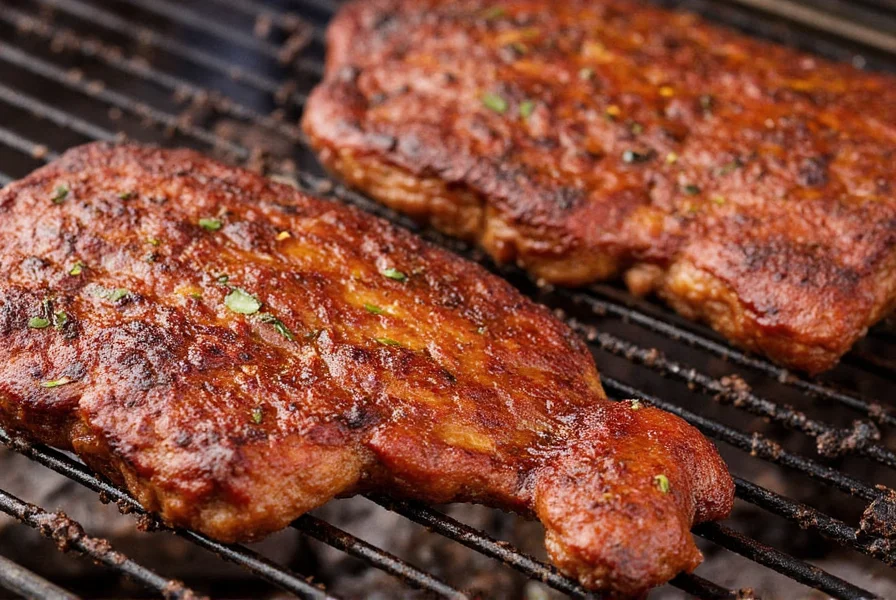
Pro Tips for Perfect Spanish-Style Grilling at Home
Ready to channel your inner Spanish asador? Try these expert tips for mastering Spanish-style grilling:
- Use High Heat: Spanish BBQ is fast and hot. Get your grill roaring before placing any meat on it.
- Don’t Crowd the Grill: Leave space between items to ensure even cooking and proper charring.
- Let the Meat Rest: Always rest steaks or large cuts for at least 5–10 minutes before slicing.
- Keep It Simple: Less is more. Don’t overwhelm the meat with sauces — let the char and fat speak for themselves.
- Try Wood Instead of Charcoal: If possible, use wood chips like oak or applewood for extra flavor.
- Invest in a Good Thermometer: Especially when grilling larger cuts like lamb or pork shoulder.
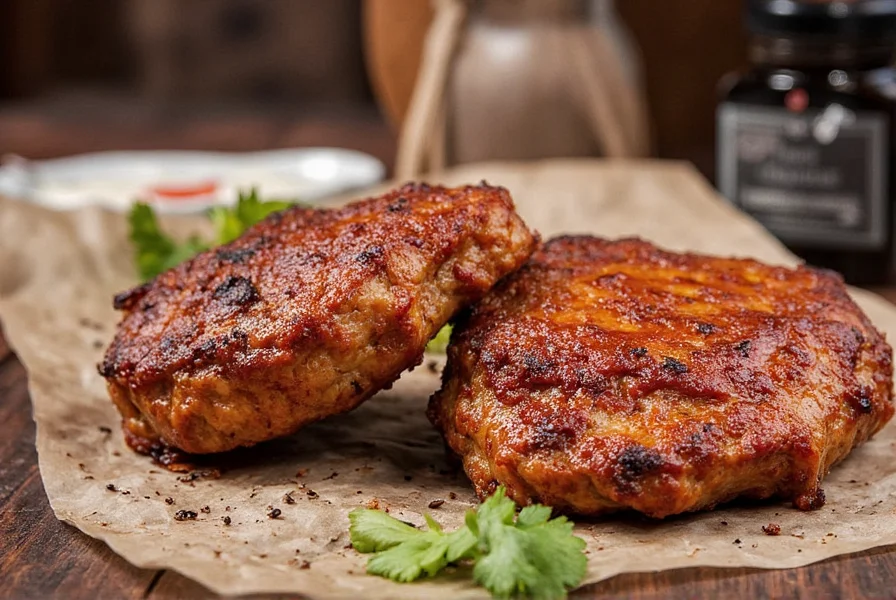
Pairing Spanish BBQ with Wine, Beer & Sides
No meal is complete without the perfect pairing. Here’s how to elevate your Spanish BBQ feast with complementary beverages and sides:
Wine Pairings
- Tempranillo: From Rioja or Ribera del Duero — pairs beautifully with grilled beef and lamb.
- Monastrell: A bold red from Jumilla; excellent with game meats or smoked chorizo.
- Albariño: A crisp white from Galicia; ideal with grilled seafood.
Beer Pairings
- IPA: The bitterness contrasts nicely with fatty meats like ribeye.
- Lager: Light and refreshing, perfect with grilled chicken or veggies.
Side Dishes
- Patatas Bravas: Crispy potatoes with spicy bravas sauce.
- Pimientos de Padrón: Lightly grilled green peppers.
- Tomato Bread: Toasted bread rubbed with tomato, garlic, and olive oil.
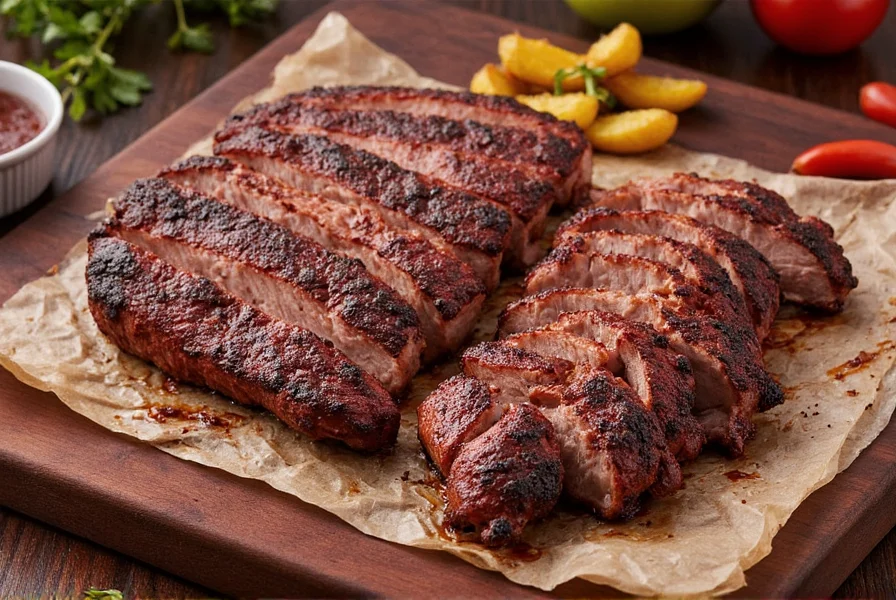
Buying Guide: Where to Find Authentic Spanish BBQ Supplies
You don’t have to fly to Barcelona to get authentic Spanish BBQ ingredients. Here’s a handy buying guide to help you stock up your kitchen:
| Product | Description | Features | Where to Buy | Price Range |
|---|---|---|---|---|
| Pimentón de la Vera | Smoked paprika from Extremadura | Earthy, smoky, slightly sweet | Amazon, specialty spice shops | $8–$15 |
| Spanish Chorizo | Dried sausage made with paprika and garlic | Perfect for skewers or side dishes | Epicurean, La Tienda | $12–$20/lb |
| Cast Iron Grill Pan | For indoor grilling | Even heat distribution | Williams Sonoma, Lodge | $30–$60 |
| Wood Chips (Oak or Apple) | Natural smoking fuel | Enhances aroma and flavor | BBQ supply stores | $5–$10/pkg |
| Maldon Sea Salt | Flaky finishing salt | Ideal for grilled meats | Whole Foods, Amazon | $7–$12 |
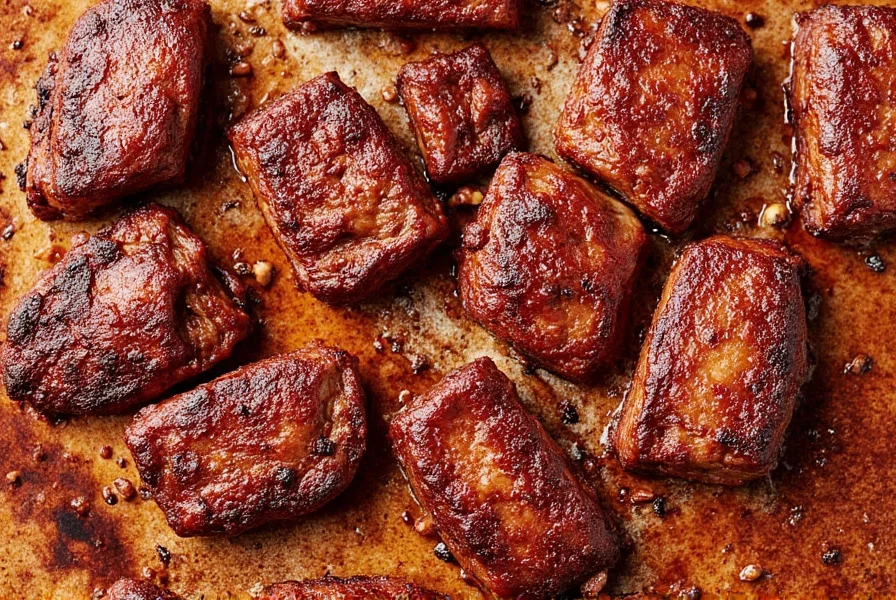
Conclusion
There you have it — your ultimate guide to Spanish BBQ! Whether you're firing up the grill for a summer feast or trying something new for Taco Tuesday, these Spanish-inspired techniques and flavors will add flair and authenticity to your cooking.
From smoky paprika to fire-charred steaks and simple yet powerful seasonings, Spanish barbecue is all about celebrating the purity of ingredients and the art of grilling over open flames. With the right tools, ingredients, and mindset, you can transport your backyard into a Mediterranean fiesta every time you grill.
So next time you light up the coals, think Iberian — and let the flavors of Spain ignite your taste buds!
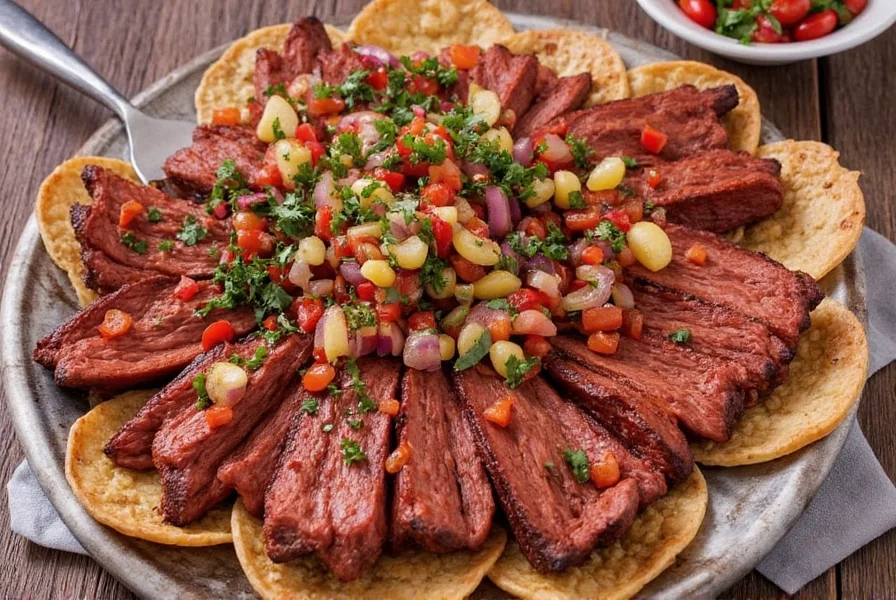

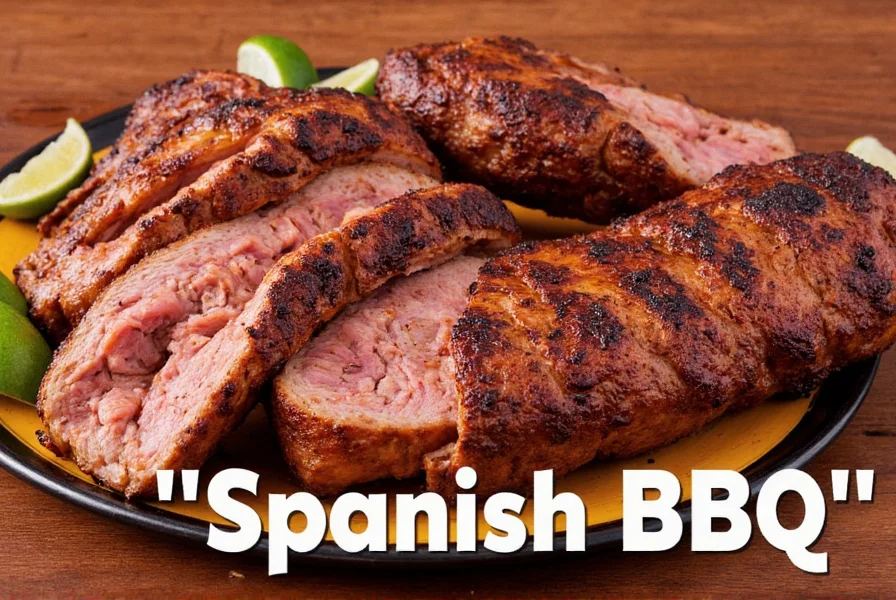









 浙公网安备
33010002000092号
浙公网安备
33010002000092号 浙B2-20120091-4
浙B2-20120091-4